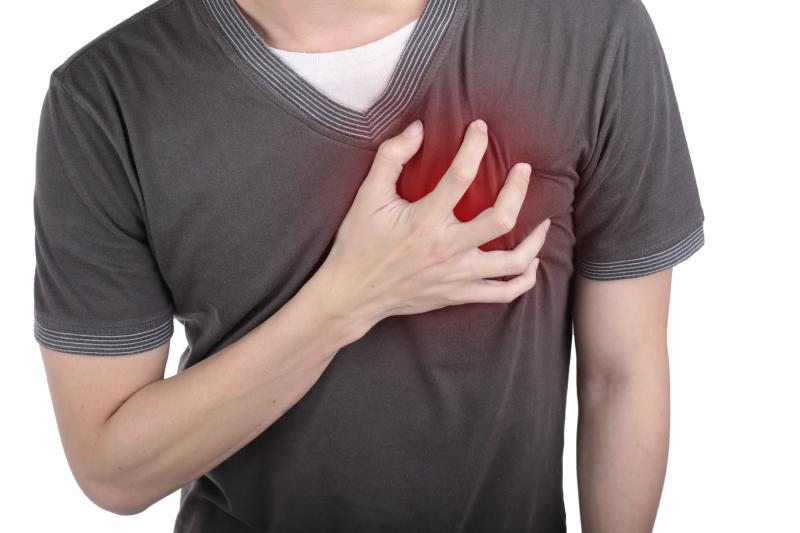 Coping with heart failure
Coping with heart failureIncreased chemosensitivity to hypercapnia is the only predictor of upright Cheyne-Stokes respiration (CSR) in patients with heart failure (HF), according to a study. In addition, upright CSR is associated with worse clinical conditions and a higher risk of cardiac death.
A total of 574 outpatients with systolic HF underwent a comprehensive evaluation, which included the following: short-term respiratory monitoring with a head-up tilt test to investigate the presence of upright CSR, assessment of chemoreflex response to hypoxia and hypercapnia, and 24-hour cardiorespiratory recording. The primary endpoint was cardiac death at follow-up.
Of the patients (mean age, 65±13 years; 80 percent men; left ventricular ejection fraction, 32±9 percent), 195 (34 percent) presented with supine CSR only, 82 (14 percent) with supine and upright CSR, and 297 (52 percent) had normal breathing.
Those with upright CSR had the greatest apnoea-hypopnoea and central apnoea index at daytime and night-time, the worst haemodynamic profile and exercise performance, increased plasma norepinephrine and N-terminal pro–B-type natriuretic peptide, and chemosensitivity to hypercapnia.
Increased chemosensitivity to hypercapnia was the sole, independent predictor of upright CSR (odds ratio [OR], 3.96, 95 percent confidence interval [CI], 1.45–10.76; p=0.007 vs normal breathing; OR, 4.01, 95 percent CI, 1.54–10.46; p=0.004 vs supine CSR).
Additionally, patients with upright CSR showed the worst outcome at 8-year follow-up (log-rank, 14.05; p=0.001). Upright CSR was also independently associated with 8-year cardiac death (hazard ratio, 2.39, 95 percent CI, 1.08–5.29; p=0.032).
“CSR is believed to only occur in supine and sleeping conditions, and thus, CSR treatment is applied to those specific states,” the authors said.